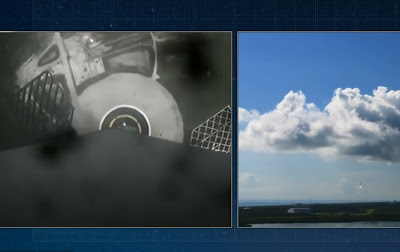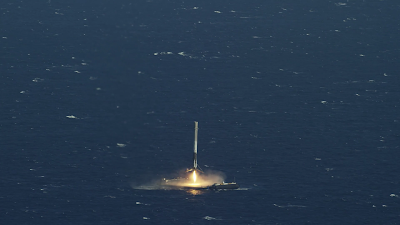10/28/19
Photo credits: USAF 45th Space Wing
Sunday morning Space Coast residents here in Florida where awakened or not depending on who you talk to, by the US Air Force's super secret X-37B OTV-5 spaceplane.
Photo Credit: SpaceX
Photo Credit: SpaceX
At 3:51 am EDT the X37b landed safely breaking the sound barrier and creating those beautiful Sonic booms over the spacecoast that so many people got used to when the Shuttle Orbiters returned to launch site (RTLS) on the former Shuttle Landing Facility runway at Kennedy Space Center on Merritt Island. An event that has been re-invigorated by SpaceX's Falcon 9 booster's with their landings on SpaceX Landing Site 1.
Photo credits: USAF 45th Space Wing
Since the Space Shuttle programs retirement in 2011, the landing facility has been used by numerous agencies to test automobile driving tests and speed records for Starfighters a long term tenant of the SLF for their F-104 Starfighter jet aircract, to United Launch Alliance and Lockheed Martin among others.








